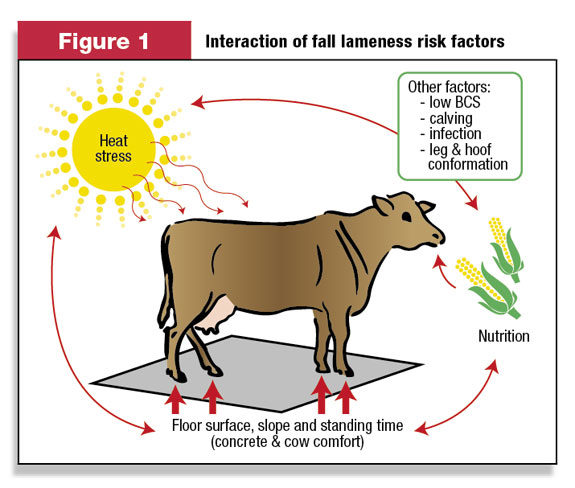Heat stress is a common challenge in the livestock industry, particularly for cattle and buffalo, which are sensitive to high temperatures and humidity. Heat stress can lead to reduced productivity, fertility, and overall health in these animals. In this blog post, we'll explore the causes and effects of heat stress in cattle and buffalo and discuss some of the key considerations for managing this agricultural challenge.
Heat stress in cattle and buffalo is caused by a combination of high temperatures and humidity, which can lead to an increase in the animal's body temperature and metabolism. This can cause a range of physiological and behavioral changes, including reduced feed intake, reduced milk production, and reduced fertility. In severe cases, heat stress can lead to death.
To manage heat stress in cattle and buffalo, it is important to implement strategies that reduce the risk of heat stress, such as providing shade and ventilation, using fans and misting systems, and adjusting the animals' diet and management practices. In addition, it is important to monitor the animals for signs of heat stress and take corrective action if necessary.
By understanding and managing heat stress in cattle and buffalo, it is possible to improve the productivity and overall health of these important agricultural animals.
Keywords: heat stress, cattle, buffalo, livestock industry, high temperatures, humidity, body temperature, metabolism, feed intake, milk production, fertility, death, shade, ventilation, fans, misting systems, diet, management practices, monitoring, corrective action, productivity, health.

